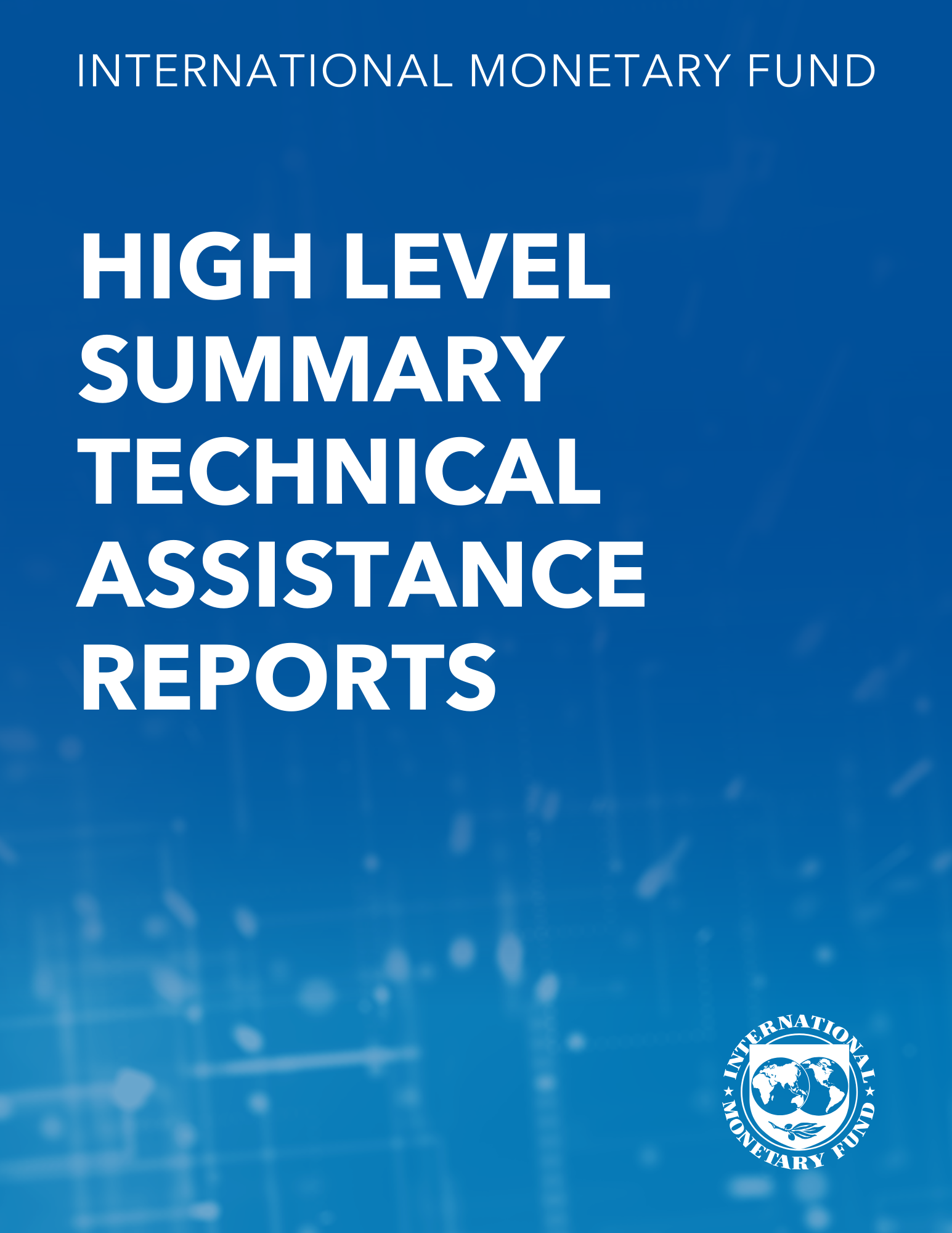Labor Market Segmentation in a Two-Sector Model of An Open Economy
April 1, 1990
Disclaimer: This Working Paper should not be reported as representing the views of the IMF.The views expressed in this Working Paper are those of the author(s) and do not necessarily represent those of the IMF or IMF policy. Working Papers describe research in progress by the author(s) and are published to elicit comments and to further debate
Summary
The paper examines formally the effects of labor market segmentation in a two-sector open economy model. The model demonstrates how the structure of the labor market affects the real exchange rate, defined as the relative price of traded and home goods, and is then used to examine the effects of two common labor market policies: increasing the degree of primary market coverage, and implementing wage restraint in the primary market. It is shown that increasing the degree of primary market coverage increases unemployment and leads to a real appreciation. Real wage restraint in the primary market, on the other hand, reduces unemployment, and has ambiguous but probably small effects on the real exchange rate.
Subject: Foreign exchange, Labor, Labor markets, Real exchange rates, Real wages, Unemployment, Wages
Keywords: demand, employment rise, goods sector, home goods market equilibrium condition, home goods price, labor market segmentation, Labor markets, nominal exchange rate, Real exchange rates, real wage restraint, Real wages, Unemployment, Wages, WP
Pages:
32
Volume:
1990
DOI:
Issue:
033
Series:
Working Paper No. 1990/033
Stock No:
WPIEA0331990
ISBN:
9781451979138
ISSN:
1018-5941
Notes
Also published in Staff Papers, Vol. 37, No. 4, December 1990.





